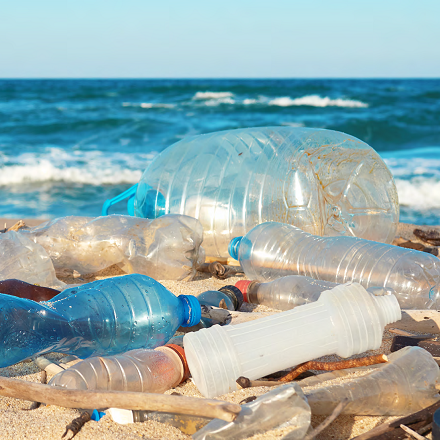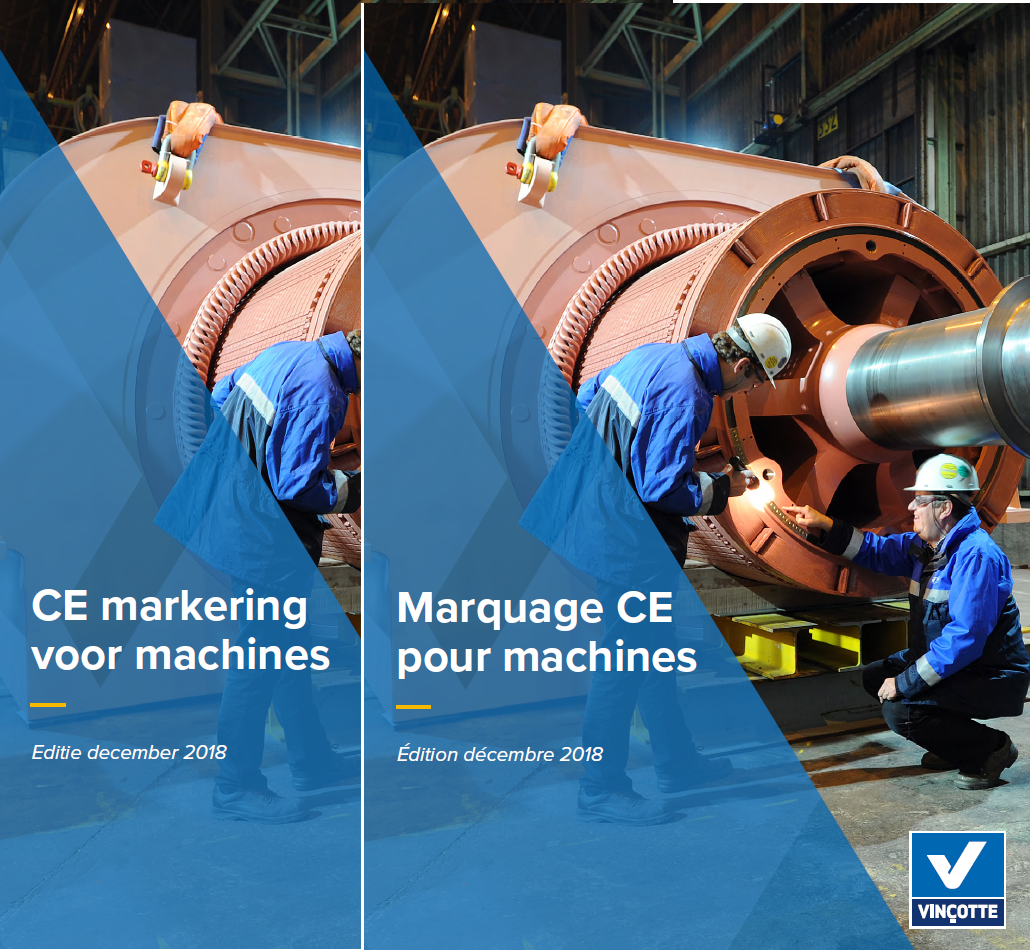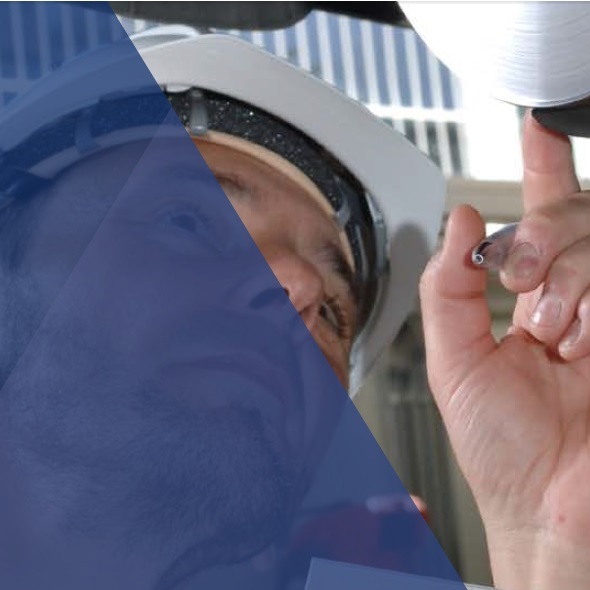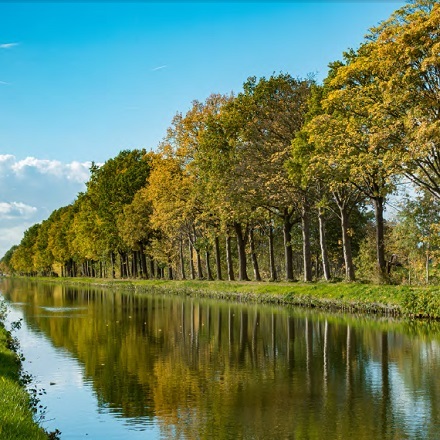Vinçotte news blog

Today, it is estimated that close to 150 million tonnes of plastic are in the ocean. This number is only predicted to increase in the coming decades, even overtaking the biomass of fish by 2050. As plastic breaks down and penetrates living organisms, it disrupts their natural cycles… and also ends up on our plates.
As for the billions of tonnes of plastic remaining on land, a mere 7 to 10% are being recycled1. The rest ends up in massive landfills, pollutes the soils, or is burned – releasing dangerous toxins into the air and contributing to greenhouse gas emissions.
Read more
The compulsory CE marking on machinery opens the doors of Europe to you.
In exchange for this the European regulations lay certain obligations on you. The CE marking on machinery indicates conformity with all applicable European directives (or with their transposition into national law) that require such marking. Logically it is the Machinery Directive that contains the most specific requirements for machinery. Nevertheless conformity with the Machinery Directive is not necessarily sufficient and for many machines other directives wil also have to be followed. So particularly when one first becomes acquainted with this issue the situation can come over as reasonably complex. Our intention is in short, in a practical and straightforward way, to set out the various steps that are necessary in order to place on the market or put into service a machine in Europe.
This practical guide also includes our decades of experience with CE-marking of machines. Feel free to download it and get in touch with us if you need more info.
Please note that the Machine Directive on which this white paper is based will be replaced by the Machine Regulation from 20 January 2027!
Read more
Earlier this year, the Automotive Industry Action Group (AIAG) together with the Automotive Industry Association (VDA) published a new edition of the FMEA manual, replacing the previous 4th edition. This introduced a revised toolkit (including a new "7-step approach") to improve the technical risk assessment, prevent product defects and thus increase customer satisfaction.

Reducing CO2 emissions is a challenge that we as humanity face. More and more companies are therefore taking necessary step towards "CO2 neutrality". In other words, they ensure that their CO2 emissions are calculated in a Carbon Footprint and reduced as much as possible until they are neutral. Read in this whitepaper how your company can take the step to become a CO2 Neutral company.
Read more